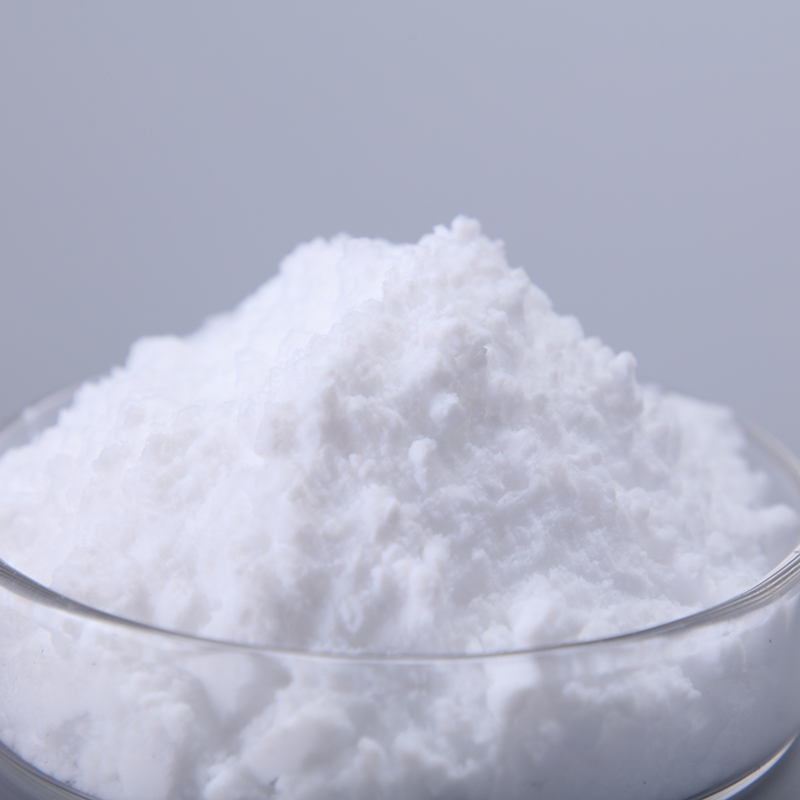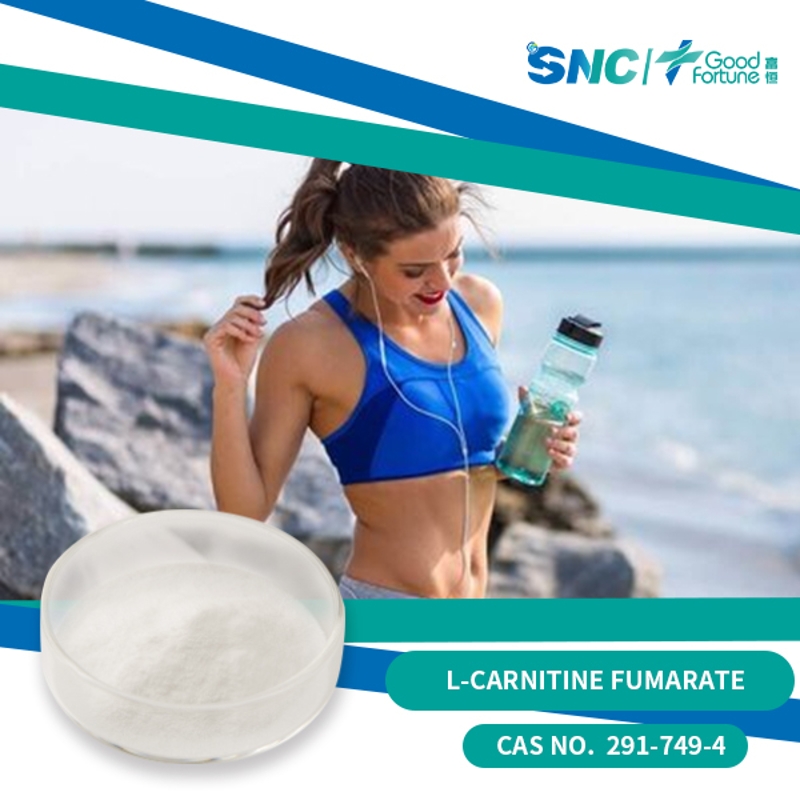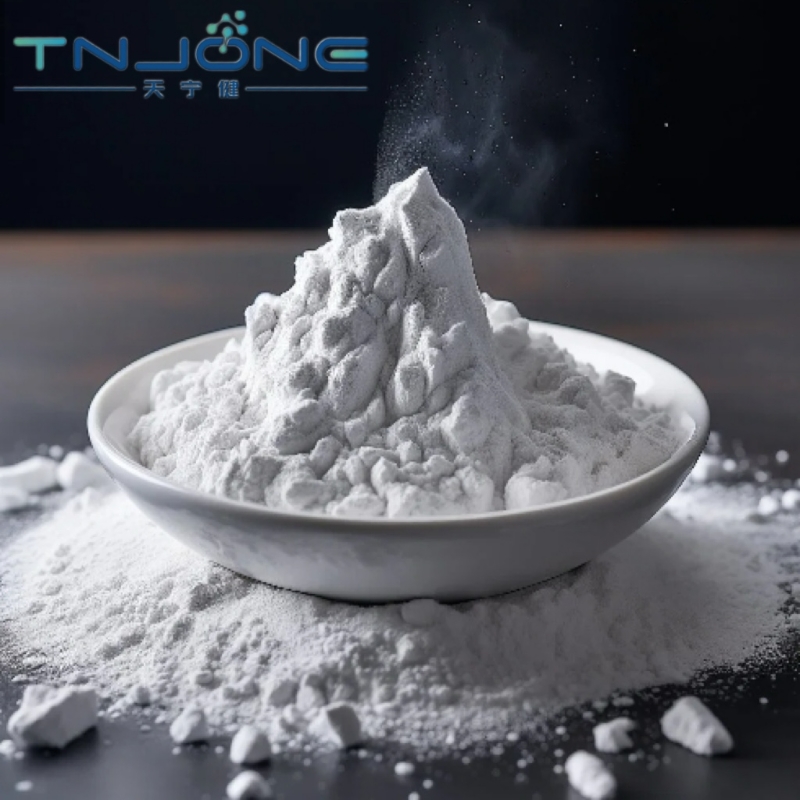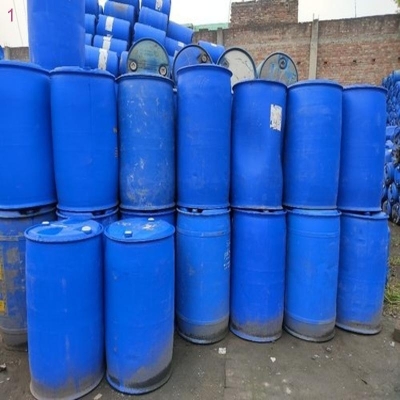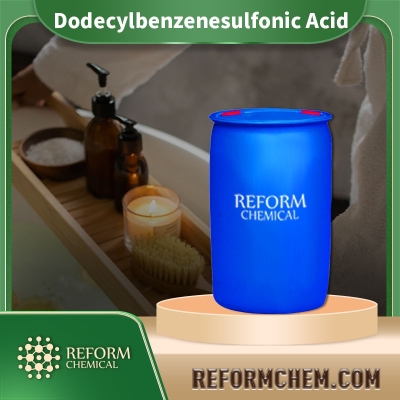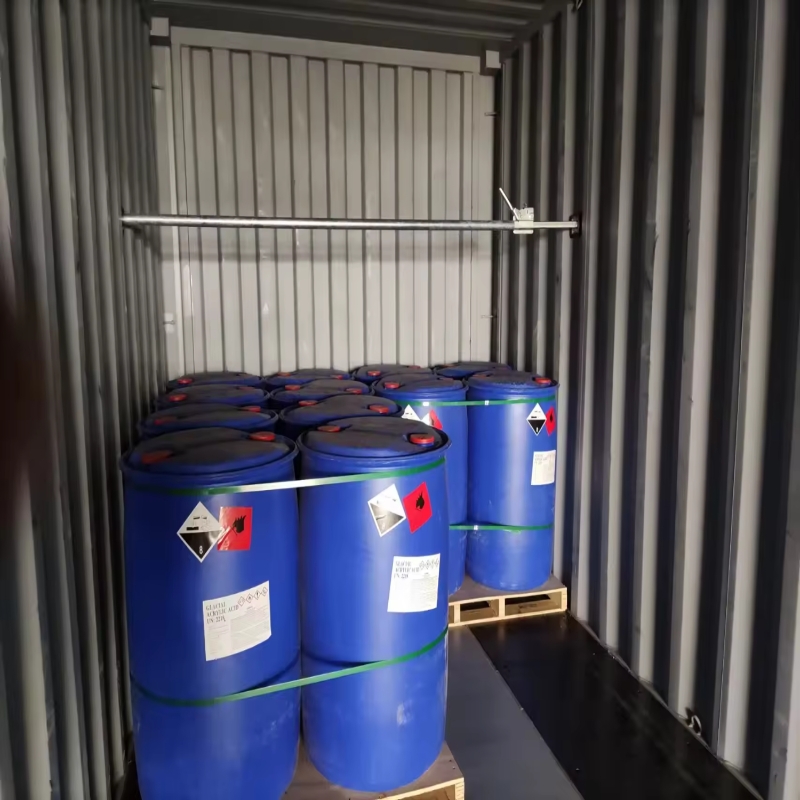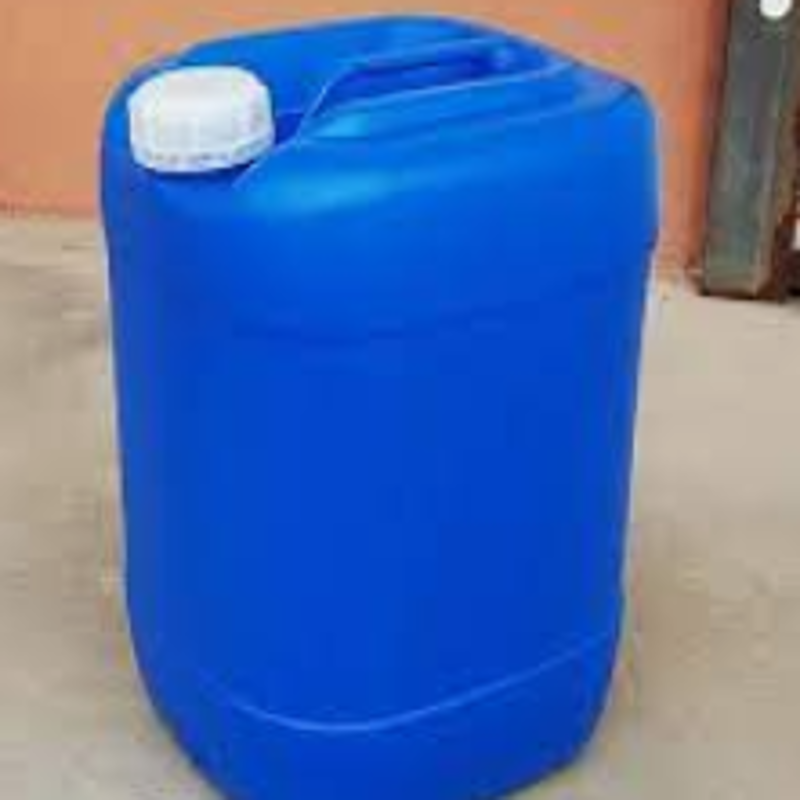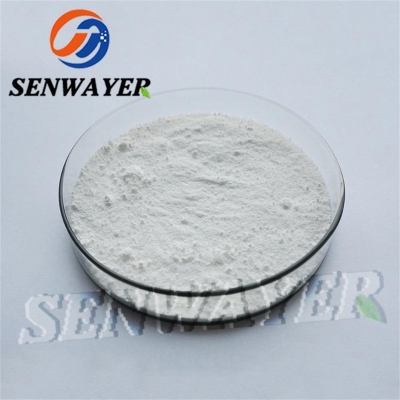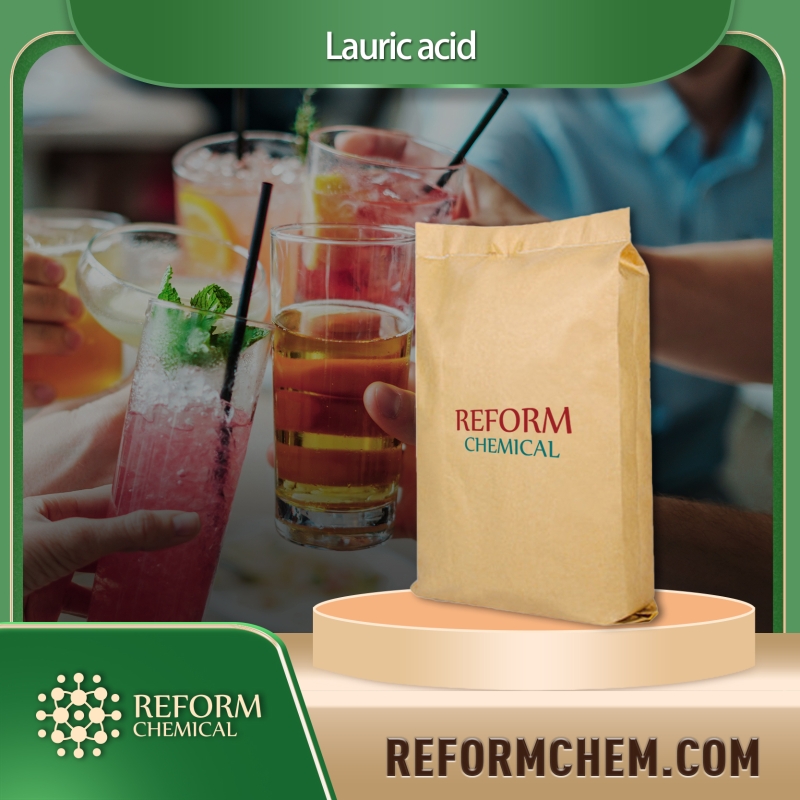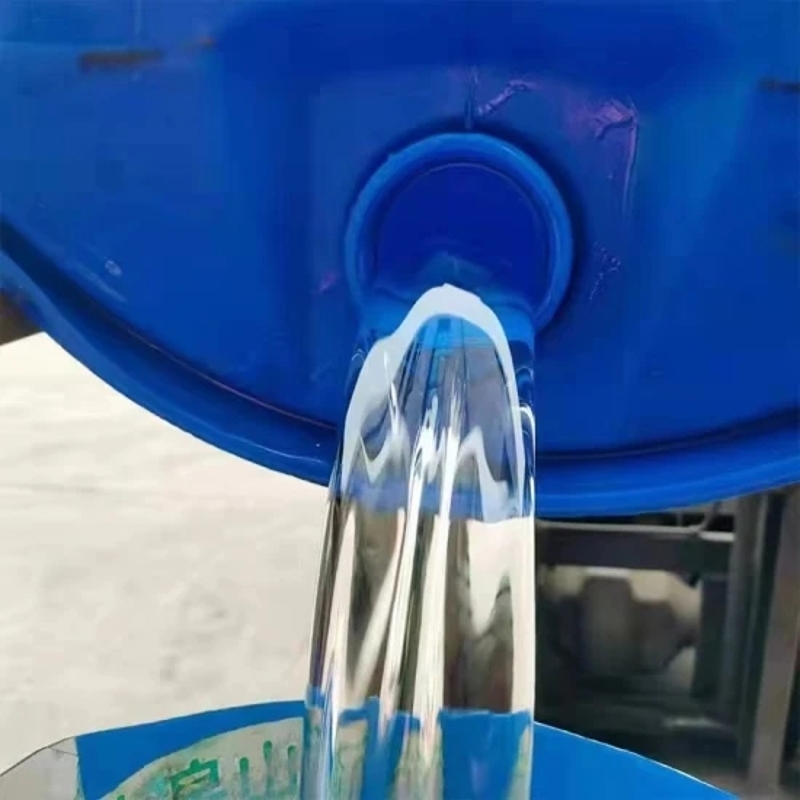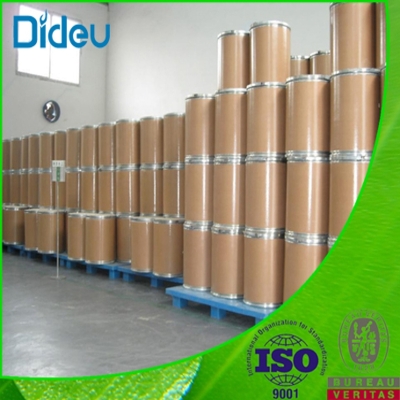Cosmetic Ingredient
- • Abrasive (124)
- • Absorbent (84)
- • Anticaking (66)
- • Anticorrosive (25)
- • Antifoaming (19)
- • Antimicrobials (290)
- • Antioxidant Ingredient (393)
- • Antiperspirant (20)
- • Antiplaque (48)
- • Anti-seborrheic (38)
- • Anti-sebum (39)
- • Antistatic (458)
- • Astringent (162)
- • Binding Agent (172)
- • Bleaching Agent (53)
- • Buffering (191)
- • Bulking (109)
- • Chelating (122)
- • Cleansing (679)
- • Cosmetic Colorant (212)
- • Cosmetic Preservative (158)
- • Denaturant (45)
- • Deodorant (98)
- • Depilatory (27)
- • Dissolving Agent (298)
- • Emollient (795)
- • Emulsifying Agent (480)
- • Emulsion Stabilising (154)
- • Exfoliating (19)
- • Film Forming (299)
- • Flavouring (72)
- • Foam Boosting (161)
- • Foaming (101)
- • Fragrance Ingredient (726)
- • Gel Forming (19)
- • Hair Conditioning (670)
- • Hair Dyeing (363)
- • Hair Fixing (36)
- • Hair Waving or Straightening (45)
- • Humectant (282)
- • Hydrotrope (92)
- • Keratolytic (20)
- • Light Stabilizer (80)
- • Moisturising Agent (50)
- • Nail Conditioning (42)
- • Occlusive (20)
- • Opacifying (119)
- • Oral Care (123)
- • Oxidising (19)
- • Perfuming (2105)
- • Plasticiser (98)
- • Propellant (19)
- • Reducing (50)
- • Refatting (12)
- • Refreshing (26)
- • Skin Cleansing (388)
- • Skin Conditioning (1751)
- • Skin Humectant (21)
- • Skin Protecting (282)
- • Smoothing (31)
- • Soothing (71)
- • Tonics (155)
- • UV Filter (34)
- • Viscosity Controlling (532)
Chemicals as Skincare Ingredients
Related News
-
Pfizer China Oncology Division Restructures Amid Executive Changes
2025-03-19 -
Price Surge Alert as Major Suppliers Increase Barium Sulfate Costs by 200 Yuan per Ton
2025-03-20 -
Shell Considers Partnering with the U.S. and Closing European Chemical Assets
2025-03-26 -
Quaker Houghton Acquires Dipsol Chemicals, Strengthening Advanced Solutions Portfolio
2025-03-27 -
AstraZeneca to Invest $2.5 Billion to Establish Global Drug R&D Center in Beijing
2025-03-25 -
Saudi Aramco CEO: Invest in downstream projects in China's energy, chemical and other fields
2025-03-28
Skin Cleansing
sodium laureth-4 carboxylate
(38975-03-0)-
![SODIUM LAURETH-5 CARBOXYLATE buy SODIUM LAURETH-5 CARBOXYLATE]()
Industrial Grade / 99.00%
-
![SODIUM LAURETH-5 CARBOXYLATE buy SODIUM LAURETH-5 CARBOXYLATE]()
-
![SODIUM LAURETH-5 CARBOXYLATE buy SODIUM LAURETH-5 CARBOXYLATE]()
-
![SODIUM LAURETH-5 CARBOXYLATE buy SODIUM LAURETH-5 CARBOXYLATE]()
Industrial Grade / 99%
Request for quotation , get quotes from more suppliers.
Stearic acid
(57-11-4)-
Cosmetics Grade / 99%
-
Cosmetics Grade / 99%
-
Rubber / Plastic / Cosmetic 1842/1838/1840/1860/1870/1880 / 99.5%
-
Cosmetics Grade / 90.0%
(-)-Carnitine
(541-15-1)-
pharmaceutical grade/food grade / 98%
-
API Grade / 99%
$20-25/KG FOB
-
Food / Pharma Grade / 99.9%
-
Industrial Grade / 99%
Request for quotation , get quotes from more suppliers.
Vinyl acetate
(108-05-4)-
Cosmetics Grade / 99%
$1950-2150/MT FOB
-
![Selling Top Quality
Vinyl Acetate Monomer 99.5% Quality buy Selling Top Quality
Vinyl Acetate Monomer 99.5% Quality]()
Cosmetics Grade / 99.50%
-
-
Chemical Grade / 99%
Dodecylbenzenesulfonic acid
(27176-87-0)-
Cosmetics Grade / 96%
-
Industrial grade / 99%
$0.9-1.1/KG FOB
-
Industrial Grade / 99%
-
Industrial Grade / 99%
Request for quotation , get quotes from more suppliers.
Source Skin Cleansing Products Supply
Hexanoic acid
(142-62-1)-
food grade / 99%
-
Industrial Grade / 99%
-
Pharmacy Grade / 99%
-
Industrial Grade / 99%
Request for quotation , get quotes from more suppliers.
Octanoic acid
(124-07-2)For ghrelin to have a hunger-stimulating action on a hypothalamus, caprylic acid must be linked to a serine residue at the 3-position of ghrelin. To cause hunger, it must acylate a - OH group. Other fatty acids in the same position have similar effects on hunger.
The octanoic acid breath test is used to measure gastric emptying. Some potential benefit is possible from administrati
-
Industrial grade / 99%
-
Industrial Grade / 99%
-
- / 0.00%
-
Industrial Grade / 99%
Request for quotation , get quotes from more suppliers.
-
Cosmetics Grade / 99%
-
Food Grade / 99%
$5-6.5/KG FOB
-
Industrial Grade / 99%
-
- / 0.00%
Poly(oxy-1,2-ethanediyl), α-sulfo-ω-hydroxy-, C10-16-alkyl ethers, sodium salts
(68585-34-2)-
Cosmetics Raw Material Beauty / 70%
$876-1094/MT FOB
-
Cosmetics Grade / -
-
Cosmetics Grade / 70%
-
Cosmetics Grade / 70%
$760-807.5/MT FOB
Decanoic acid
(334-48-5)Pharmaceuticals
Decanoate salts and esters of various drugs are available. Since decanoic acid is a fatty acid, forming a salt or ester with a drug will increase its lipophilicity and its affinity for fatty ti
-
Industrial grade / 99%
-
Chemical Grade / 99%
-
- / 99%
-
- / 99.00%
Request for quotation , get quotes from more suppliers.
More Information
There are various types of skin cleansing products, commonly including foaming cleansers, cleansing creams, makeup removers (oil-based), exfoliating scrubs, and peeling gels. Each type of skin cleansing product has its unique characteristics, and the choice depends on specific needs.
For exfoliating cleansers, they effectively remove dirt and dead corneocytes from the skin surface through the friction of fine particles. Targeted cleansers for dry skin, on the other hand, use gentle sugar-based or amino acid-based facial cleansers.
Types of skincare cleansers:
● Foaming Cleansers: Based on soap or other surfactants.
● Emulsion-Based Cleansers: Mainly composed of an emulsion system, incorporating a small amount of cleansing surfactants to form an emulsifying cleansing product.
● Oil-Based Cleansers: Composed of oily ingredients, with added moisturizers, alcohol, or other solvents for cleansing purposes.











